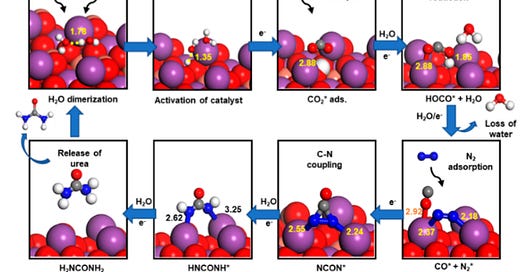Is The State-Subsidized Fertilizer Plant Already Scientifically Obsolete Before Its Built?
New scientific process may allow urea production to skip hydrogen by electrolysis process unneeded, and turn $125 million state loan/grant into a total waste of money.
During the special legislative session, I wrote about the boondoggle plan for the state to give a $125 million “forgivable loan” (when is a grant by another name) to a company for the construction of a “fertilizer plant utilizing hydrogen from water using electrolysis”, and how this loan/grant is directed toward a particular company.
Now comes news that …
Keep reading with a 7-day free trial
Subscribe to North Dakota's Watchdog Update to keep reading this post and get 7 days of free access to the full post archives.



